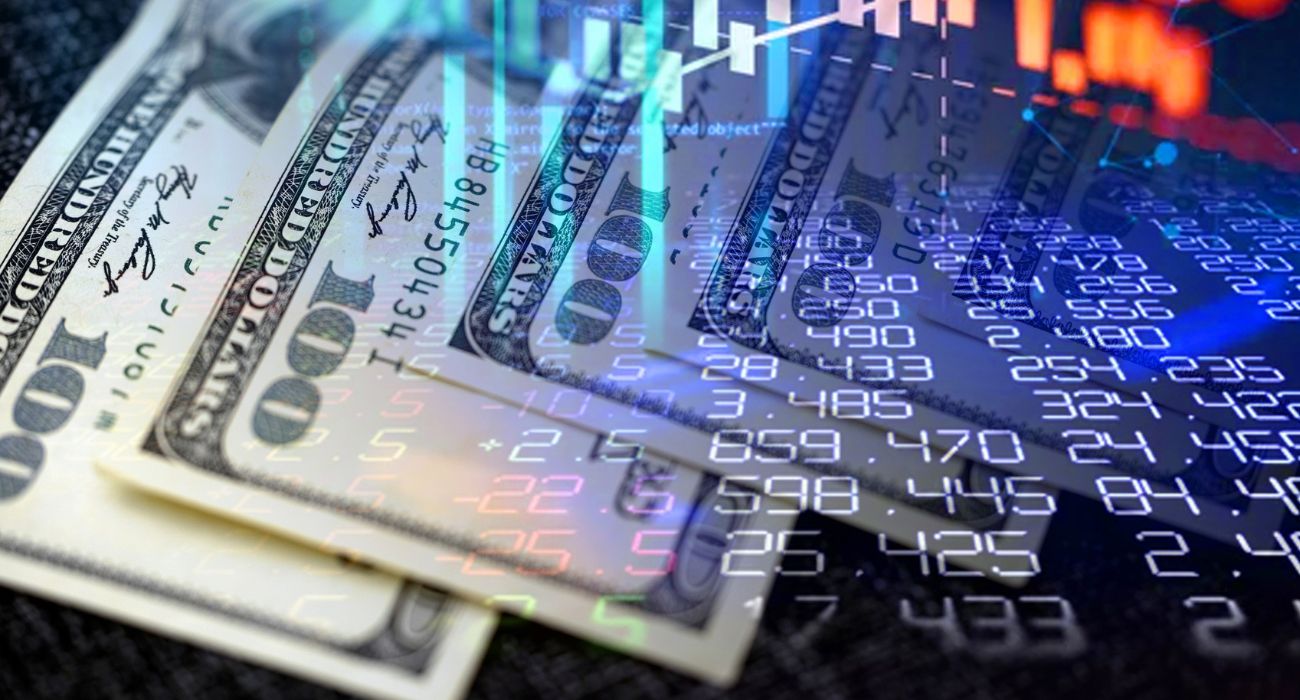In the fourth quarter of 2023, the United States economy grew more than expected, growing by 3.4% on an annual basis, according to the latest GDP data from the Bureau of Economic Analysis. This slight increase from previous estimates was primarily driven by upward revisions for consumer spending and nonresidential fixed investment, although private investment in inventory was revised downward.
Despite this positive news for the economy, Chief Economist Bill Adams warned that the pace of growth in Q4 was slower compared to the previous quarter’s 4.9%, due to declines in private investment, federal government spending, residential fixed investment and imports. He attributed these factors to concerns about inflation, higher borrowing costs and fears of a recession.
Fed President Jerome Powell stressed that any rate adjustments must be assessed based on incoming data before being considered. With data already pointing to increased inflation in January and February 2024, solid growth in Q4 complicates the Fed’s decision-making process and increases the likelihood of further rate hikes. This potential for further rate hikes could pose a challenge for larger banks and non-bank lenders, particularly those with outstanding losses on commercial real estate loans.
Amidst this complexity of economic developments, it is crucial for businesses and investors to closely monitor market conditions in order to adapt their strategies accordingly.
